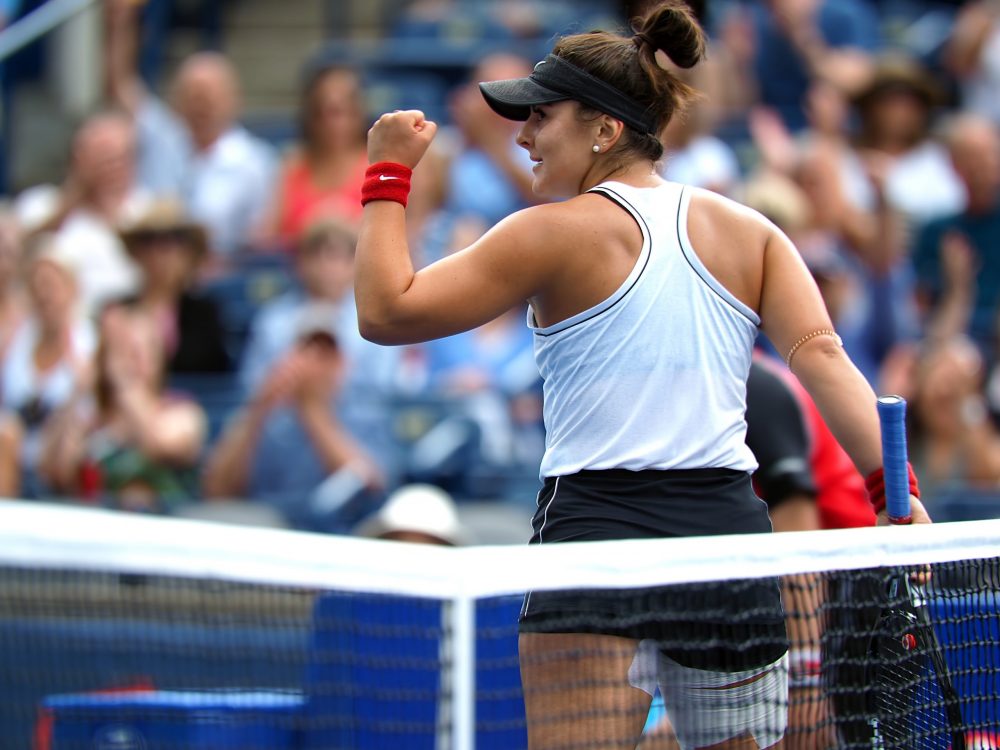As tennis continues to evolve, the game demands more from its players. We are watching more and more tennis players bend, stretch, and contort their bodies in new ways that require more than just strength and fancy footwork. Flexibility and mobility training are vital for tennis players to increase performance, avoid injuries, and improve overall fitness.
Flexibility and mobility go hand-in-hand, and are both essential for the acceleration that is necessary for hitting high level shots. They help loosen up your joints and muscles to improve your range of motion and prevent injuries. A restricted range of motion will make it more difficult to swing your racket overhead, or get down into lower positions with ease.
In this article we will explain why flexibility and mobility training are so important for tennis players and how to implement them into your workout regimen.
The Difference Between Mobility and Flexibility
The terms flexibility and mobility are often mistakenly used interchangeably by both trainers and athletes. Although they are similar, understanding the difference between the two will influence your injury risk and overall athletic performance.
To put it simply, mobility is active and flexibility is passive. When we talk about flexibility, we are describing a muscle’s ability to be passively moved through its range of motion. This is what we are accomplishing when we stretch. We rely on a band, strap, or other parts of our body to assist in lengthening the muscle. For example, you may be able to do the splits, which means your muscles are very flexible. However, you may not be able to lay on your back and actively pull your leg all the way up to your head without using your arm or a strap. This is where mobility comes in.
Mobility is your body’s ability to actively move your joints and soft tissues through their entire range of motion. Using the previous example, your ability to lie on the ground and pull your leg up toward your head without the use of a strap or your arms is your mobility. Flexibility is important, but optimal athletic performance requires good mobility as well.
Flexibility and Mobility Training For Tennis Players
Flexibility is a part of mobility, and it’s important to include both in your training regimen. Don’t worry, this doesn’t mean that you need to spend an extra hour in the gym every day. Chances are you already have a sense of which parts of your body could use some extra attention. For tennis players, the hips, ankles, and shoulders are often at a higher risk of injury. Here are some strategies to improve your flexibility and mobility:
- Hip flexor stretch – Place your left foot on the ground in front of you while kneeling on your right knee. Gently lean forward until you feel a stretch in your left hip flexor. Hold this position for 30 seconds, and switch to the other side. Repeat 3-5 times.
- Catcher stretch – Standing with your feet shoulder-width apart gently squat down bringing your glutes as low to the ground as you can while keeping your back straight. Hold for about one minute, and repeat several times as long as you can do so comfortably.
- Reverse twist lunge – Standing with your feet about shoulder-width apart, slowly take one step back with your left leg and lower yourself down into a lunge position. Gently twist your core toward the leg that is in front and hold. Slowly return to your standing position, and repeat this move on the other side. Repeat these moves switching from side to side for 10-15 reps.
- Personal trainer – If you have a specific fitness goal in mind, it’s beneficial to work with a personal trainer to help get you where you want to be. How often you should see a personal trainer depends on your unique needs, but most athletes would benefit from working with a trainer at least once a week.
- Foam rolling – Although it can be painful at times, myo-fascial techniques such as foam rolling can work wonders to open up tight and sore spots in your muscles.
- Mobility drills – Mobility drills are an efficient way to work on both flexibility and mobility by doing exercises such as deep lunges with rotation, tabletop bridge, and goblet squat curls.
Stretching, myo-fascial techniques, dynamic warmups, and mobility drills will go a long way to enhance your performance out on the court, while reducing your risk of some of the most common injuries that many tennis players face.


























